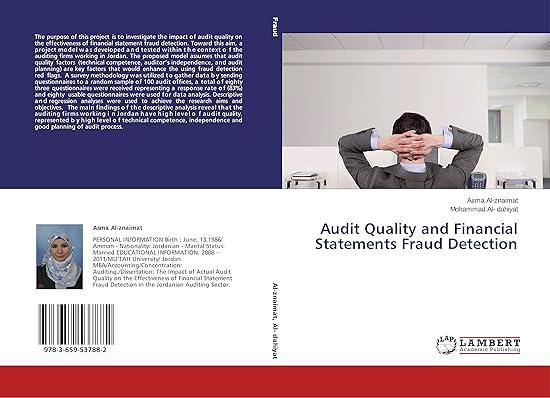Answered step by step
Verified Expert Solution
Question
1 Approved Answer
Suppose that the production function for a city like Edinburgh is: Y=(AT)L1 where T is land, L is labour, and A is a variable called

Suppose that the production function for a city like Edinburgh is: Y=(AT)L1 where T is land, L is labour, and A is a variable called the efficiency of land, and reflects the city's technological knowledge in the use of land. So, the term AT measures the effective total land available. In this city, labour (workers' human capital) deteriorates at a rate but the city save a constant fraction of total income each year, s, to reinvest in workers' human capital: L=sYL a. Define output per effective land y (where y=ATY ) in terms of and labour per effective land l( where l=ATL). b. Assume that A grows at a rate of g, so AA=g. Derive the change in labour per effective land (l) in terms of all the parameters: ,s,,g and state l. (Hint: Note that l represents k in Solow's model) c. Solve for the steady state labour per effective land, l. d. Use a diagram to represent the city's steady state. Identify clearly all the functions included in the diagram and show the direction of movement of labour per effective land, l. e. Assume that the city increases the amount spend in worker's human capital, s. Would it has a higher steady state labour per effective land? Would it have higher growth in labour per effective land? f. By definition, L=ATl. At what rate does L growth? Suppose that the production function for a city like Edinburgh is: Y=(AT)L1 where T is land, L is labour, and A is a variable called the efficiency of land, and reflects the city's technological knowledge in the use of land. So, the term AT measures the effective total land available. In this city, labour (workers' human capital) deteriorates at a rate but the city save a constant fraction of total income each year, s, to reinvest in workers' human capital: L=sYL a. Define output per effective land y (where y=ATY ) in terms of and labour per effective land l( where l=ATL). b. Assume that A grows at a rate of g, so AA=g. Derive the change in labour per effective land (l) in terms of all the parameters: ,s,,g and state l. (Hint: Note that l represents k in Solow's model) c. Solve for the steady state labour per effective land, l. d. Use a diagram to represent the city's steady state. Identify clearly all the functions included in the diagram and show the direction of movement of labour per effective land, l. e. Assume that the city increases the amount spend in worker's human capital, s. Would it has a higher steady state labour per effective land? Would it have higher growth in labour per effective land? f. By definition, L=ATl. At what rate does L growth
Step by Step Solution
There are 3 Steps involved in it
Step: 1

Get Instant Access to Expert-Tailored Solutions
See step-by-step solutions with expert insights and AI powered tools for academic success
Step: 2

Step: 3

Ace Your Homework with AI
Get the answers you need in no time with our AI-driven, step-by-step assistance
Get Started


